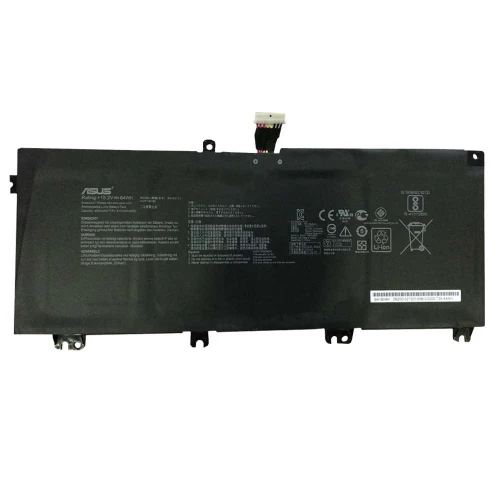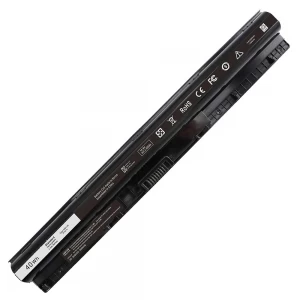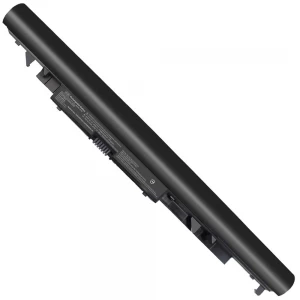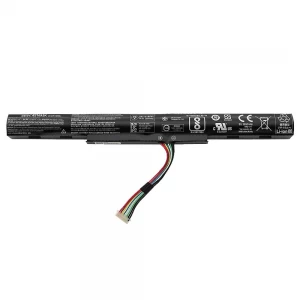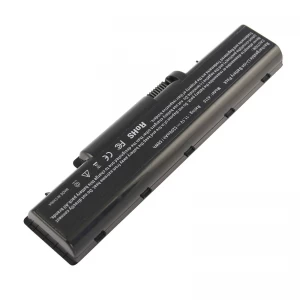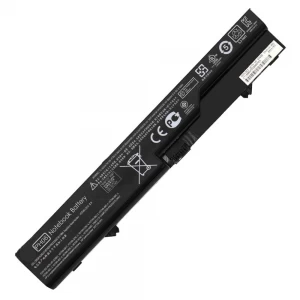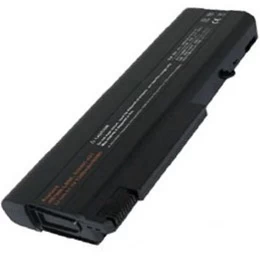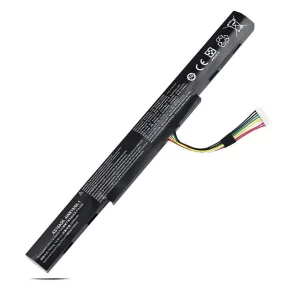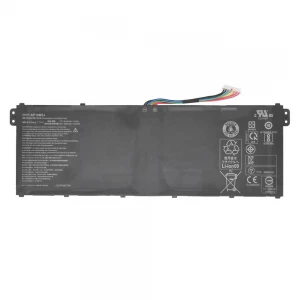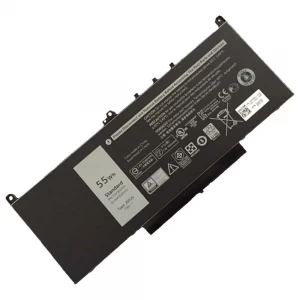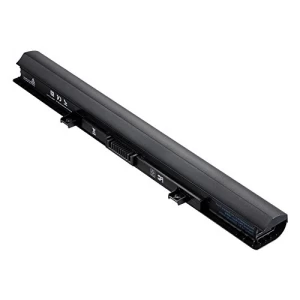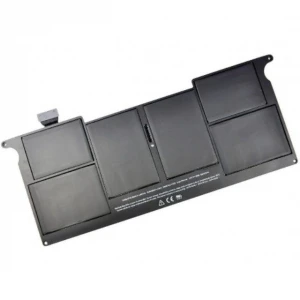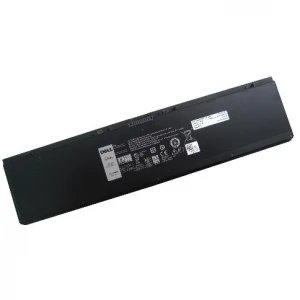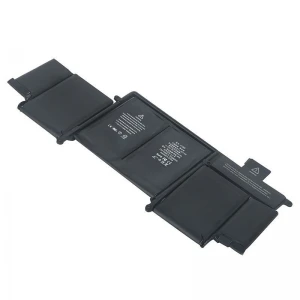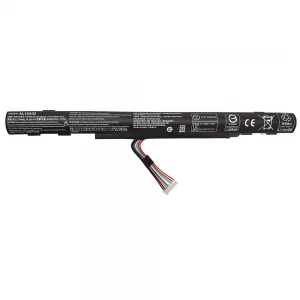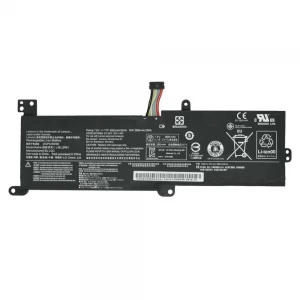Asus ROG GL503VD (B41N1711) Battery
N.B. Image may differ with actual product's layout, color, size & dimension. No claim will be accepted for image mismatch.
Asus ROG GL503VD (B41N1711) Battery
Product Id: 02.05.0074
Quick Overview
Asus ROG GL503VD (B41N1711) Battery For NotebookDetails
Asus ROG GL503VD (B41N1711) Battery For Notebook
Since you will spend a huge chunk of your day looking at the screen, it is crucial to find a monitor best fits your needs. Without a good display, whatever you do on your PC will seem dull, whether you’re into gaming or any other stuff of your choice. There are tons of features and options to look out for when buying a monitor, so a close look is required beforehand.
Ryans is here to take you through everything; so that you can make an informed purchase as per your needs.
Quick buying tips
Choose as per your need. If you are a gamer, you should look for a fast refresh rate and low response time. Professionals should seek color accuracy and for general use, users with less specific needs often opt for a monitor with high contrast VA panel.
Higher resolution for better picture quality. Resolution refers to the monitor's pixel density in length x width format. 1920x1080, also known as 1080p or full HD (FHD), is the baseline for a modern PC build. You’ll experience sharper images on a QHD or 4K monitor.
Required resolution for gaming: More pixels produce better pictures. But if you’re into gaming, those pixels can slow you down unless you have a beefy enough graphics card. Most video interfaces don’t support refresh rates faster than 60 Hz for 4K/UHD or 5K signals. Video interfaces are just beginning to support higher refresh rates at 4K resolution, but you still need a very expensive graphics card play at 4K resolution and push past 60 frames per second (fps).
The current sweet spot seems to be QHD/2K (2560x1440) resolution. With monitors up to 32 inches, you see the good density and a detailed image that isn’t too difficult for mid-priced graphics cards to handle.
If you want ultimate speed, FHD (1920x1080) delivers the highest frame rates (you won't find gaming monitors today with lower resolution). But avoid stretching that resolution past 27 inches, as you may notice a dip in image quality, with pesky individual pixels being visible.
Refresh rates: Bigger is better. The refresh rate is described as a number in Hz, where the number is how many times your monitor refreshes per second. In other words, it's the frame rate of the monitor: the higher the number the smoother things will look. If you’re a gamer, the refresh rate is especially important, and you’ll want a monitor with at least 75Hz (most monitors designed for gaming offer at least 144Hz), combined with the lowest response time you can find. If you’re not into gaming, a 60Hz refresh rate should do.
Response time: Shorter is better. If you are a gamer, response time is a crucial feature for you. Longer response times can mean motion blur when gaming or watching fast-paced videos. The highest response time you’ll likely see is 5ms, while the fastest gaming monitors can have a 0.5ms response time.
Panel technology: Today’s LCD panels use three major technologies: twisted nematic (TN panel), vertical alignment (VA panel) and in-plane switching (IPS panel). Each has several variations with different advantages. TN monitors are the fastest but cheapest due to poorer viewing angles. IPS monitors have slightly faster response times and show color better than VA panels, but VA monitors have the best contrast out of all three-panel types.
G-Sync or FreeSync
Gaming monitors usually have Nvidia G-Sync (for PCs with Nvidia graphics cards) and /or AMD FreeSync (for the right running AMD graphics). Both reduce tearing and stuttering, although G-Sync monitors usually cost more than FreeSync ones.
G-Sync monitors operate from a 30 Hz refresh rate up to the monitor’s maximum. FreeSync displays are not as consistent. FreeSync monitors usually support adaptive refresh up to a monitor’s maximum refresh rate. But it’s the lower limit you must consider.
Regardless, if your budget only has room for a low-to-mid speed graphics card, you’ll want a monitor with either G-Sync or FreeSync with a low minimum refresh rate.

